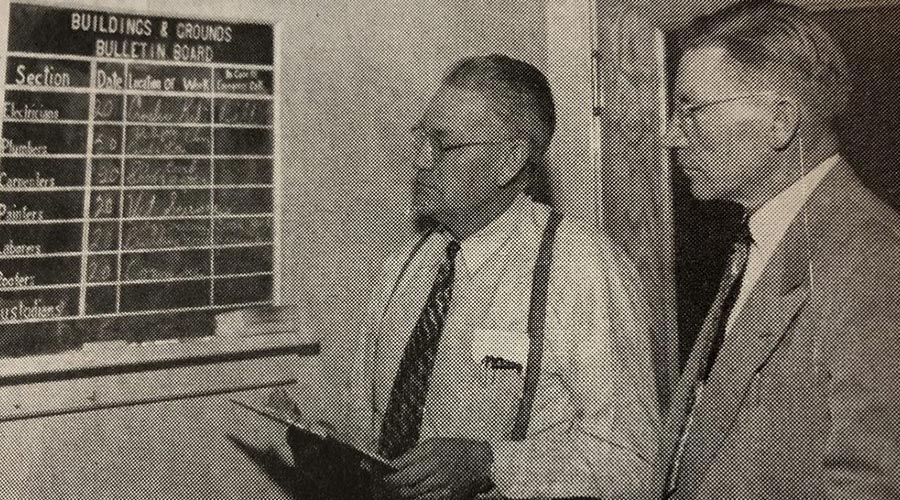New HVAC Tube Technology Could Lead To More Efficient Cooling
Replacing traditional round tube heat exchangers with flattened tube technology may enable the air conditioning industry to provide comfort cooling using a new refrigerant, while increasing efficiency, but not the system’s size, according to a new report by the Air-Conditioning and Refrigeration Technology Institute (ARTI).
Replacing traditional round tube heat exchangers with flattened tube technology may enable the air conditioning industry to provide comfort cooling using a new refrigerant, while increasing efficiency, but not the system’s size, according to a new report by the Air-Conditioning and Refrigeration Technology Institute (ARTI).
The report explores how flattened-tube heat exchangers function under various environmental conditions and pressures.
"Flattened tube heat exchangers have received much attention as a possible replacement to traditional round tubes, but until now little research has been done on the thermal-hydraulic performance of flattened tubes under wet, dry and frosted conditions," says Elizabeth Jones, project manager with ARTI, which provided the funding for this project under its HVAC&R Research for the 21st Century program. "This research report addresses the fundamental science needed to allow the air conditioning industry to engineer products using this technology."
The geometry of a flattened tube, compared with the traditional round tube heat exchanger, allows for improved heat transfer and thermal performance; increased coil and overall unit efficiencies; substantial refrigerant charge reduction; and more compact and reduced coil size, according to the report.
In the report, University of Illinois researchers provide analysis, modeling, and interpretation of air-side, thermal-hydraulic performance for flattened tube heat exchangers under wet and frosted surface conditions. They make design recommendations to help improve the performance of plain, wavy, strip and louvered fins for flattened tube heat exchangers. They conduct a full assessment of the air-side thermal-hydraulic performance of flattened, round and finned heat exchangers. In addition, researchers developed a new method to provide data on retention and drainage of water from the air-side surface of flattened tube heat exchangers under a number of operating conditions.
The final report can be viewed on the ARTI
Web site.
Related Topics:











